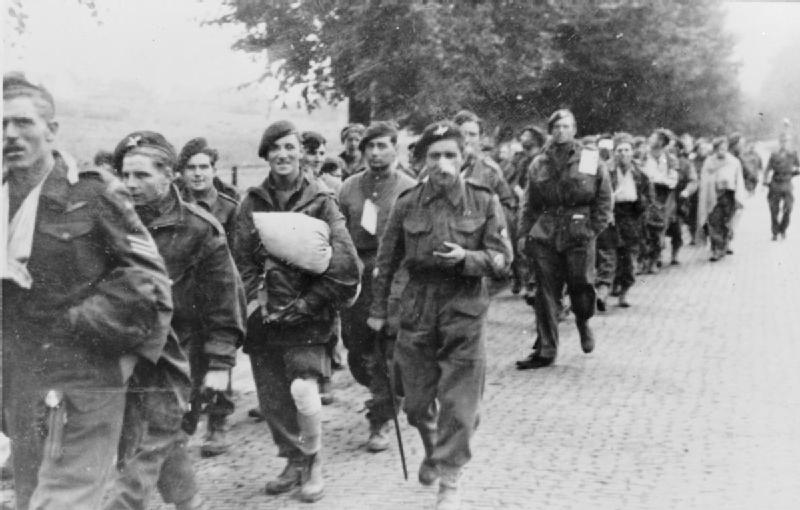Early in the morning of Tuesday, September 26, General Bittrich, who led the attacks in Oosterbeek, received a telephone call from Field Marshal Walter Model.
“Bittrich, when will everything here finally be over?” he wanted to know.
The German general replied that the day before he had done everything he could to force a breakthrough in the British perimeter.
“We fought like never before. We used everything we had against the British.”
Bittrich and Model were not yet aware that the British Airborne Division had withdrawn that night. But during the call, a motorcycle officer came to Bittrich and informed him of this.
“Well, thank God,” Model exclaimed.
Silence
There was an unreal peace in the remains of the British perimeter on the morning of Tuesday, September 26.
“When we woke up, it was very quiet,” wrote a resident of Oosterbeek. “A silence that we had not experienced for nine days. Not a shot was fired.”
Cautiously and warily, German soldiers entered the abandoned British perimeter that morning. The Germans found hundreds of British airborne soldiers at the Oude Kerk in Oosterbeek. The evacuation of the British was stopped after sunrise because there were too many casualties during the evacuation across the Rhine in daylight.
A number of British had tried to swim to the other side after the evacuation had been halted. A number of exhausted soldiers were carried away by the current. Other soldiers fell victim to German shelling. Few British people reached the other side. That is why most British, about 300 in total, had resigned themselves to being taken prisoner of war.
The Germans deported the British in a column to Arnhem. Along the way, the soldiers made the V sign to film cameras of the German propaganda department. Meanwhile they sang songs.
British wounded in the Elisabeth Gasthuis at one point heard the singing of marching soldiers, which became increasingly louder.
General Urquhart: “Dutch citizens, lured from their homes by the singing, stared at it in amazement and the Germans felt a deep awe.”
The British march thus took on the character of a victory march rather than a retreat to a prisoner of war camp.
Devastation
The devastation caused by war in Oosterbeek was great. Many of the houses in the British perimeter were badly damaged. Traces of the war violence of the previous days were visible everywhere.
A German Oberstleutnant noted: “There are dead Germans and English everywhere. The trees are decorated with the colored parachutes with which the English tried to supply their troops. Two of our Panther tanks are there with their burned crews still inside.”
The Germans carefully combed the British perimeter. A few hundred more British were thus found. Many of the British airbornes who remained in the houses they occupied had stayed behind because they were wounded. A few soldiers discovered that morning that they had fallen asleep exhausted and had therefore missed the retreat across the Rhine.
A large number of British soldiers were hiding in the woods or were hidden by residents of Oosterbeek and the surrounding area. All together there were approximately 300 British and Polish soldiers. About 130 of them were sent across the Rhine in Operation Pegasus a month after the Battle of Arnhem in a successful collaboration between the resistance and the Allies.









